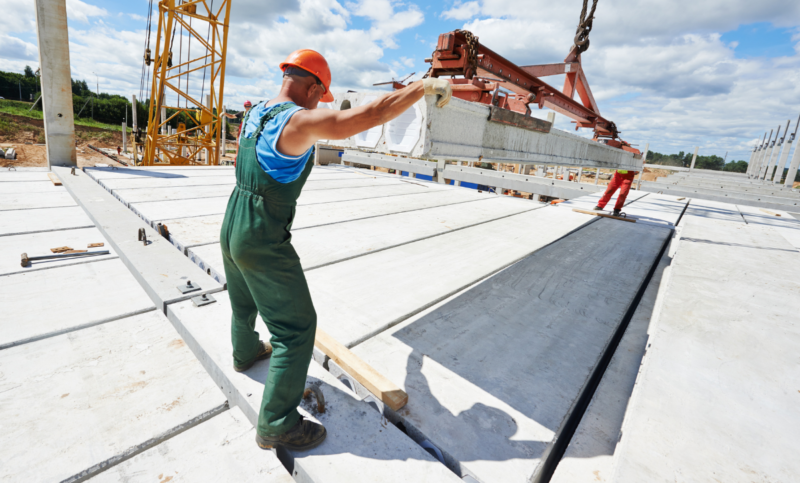Body Stressing Injury Risk Assessment Using Wearable Technology and Data Analysis in Construction

Outcome: 34% potential risk was reduced for high-load tasks
The construction industry has the fourth highest rate of body-stressing injuries, with 11% of the total number of body-stressing injuries that occurred in the U.S. in 2019.
The industry also has the fifth-highest rate of slip, trip, and fall injuries, accounting for 7% of total slip, trip, and fall injuries in 2019. The median recovery time for injured construction workers is 13 weeks, having a significant impact on productivity and increasing costs.
In 2021, a trial program was conducted to assess how the wearable technology, smartphone app, and data analytics platform could assist in assessing and reducing avoidable body stressing injury risks.
Trial Objective
Use wearable technology and data analysis to understand the physical demands of various workers in the construction industry and identify opportunities to reduce injury risks.
Method
Measure the movements of a selected group over three months using work task assessments and movement coaching. In this study, 109 reports were recorded among 17 different workers and 3 locations.
Results
- The study found that the load on a worker’s body is different when they perform tasks with different equipment and techniques.
- Some of the physical demands of the work tasks are unavoidable. Different tasks, locations, and individual workers may have different loads.
- 34% potential risk was reduced for high-load tasks.
- 4 times difference between high-risk workers and the group average.
Download this PDF to read through the full study.
